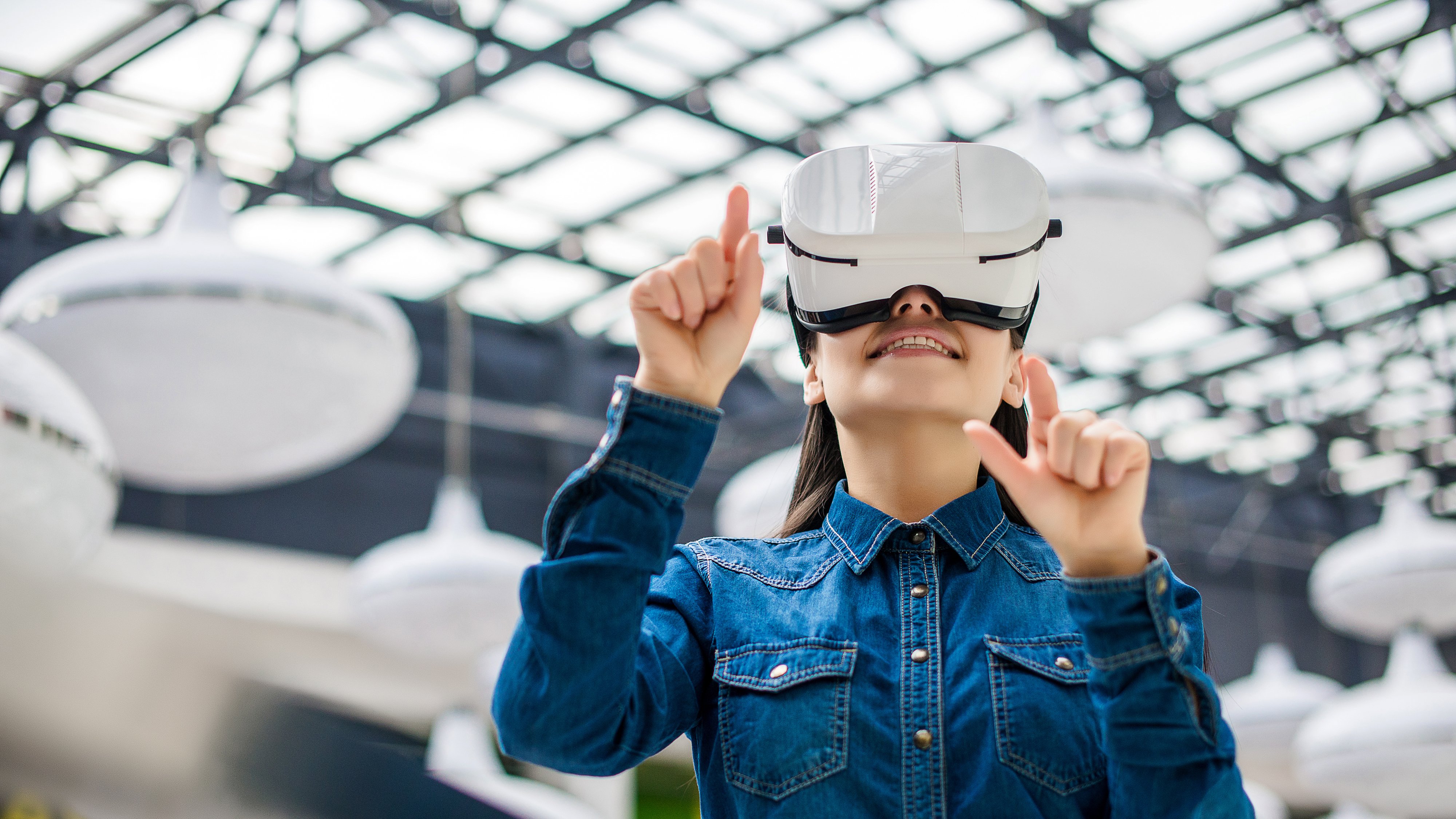In fact, design issues found during commissioning are often acknowledged as simply the cost of doing business, given that new designs are crucial to the success of many.
In the machine design industry, however, some companies are investing more resources in up-front design, drastically reducing the amount of issues they’ll encounter in the later stages of development.
This technique is a time-tested practice in the aerospace and automotive fields, and reviews of several design strategies have shown that even a 5-10% increase up-front can reduce cost overruns by 50-100%.
Where does the added investment go? A key technology that’s gaining traction in the machine design industry is the use of digital twins – a virtual, model-based representation of the physical system.
Digital twins can help account for the dynamics of the entire system, in one unified modeling environment, helping provide specific information about the interactions between components.
With this information available, engineers are given a new tool to spot design issues, especially when their products involve new, untested designs.
When working on a new product in the conceptual phase, digital twins can play a huge role in giving engineers new abilities to work with designs.



